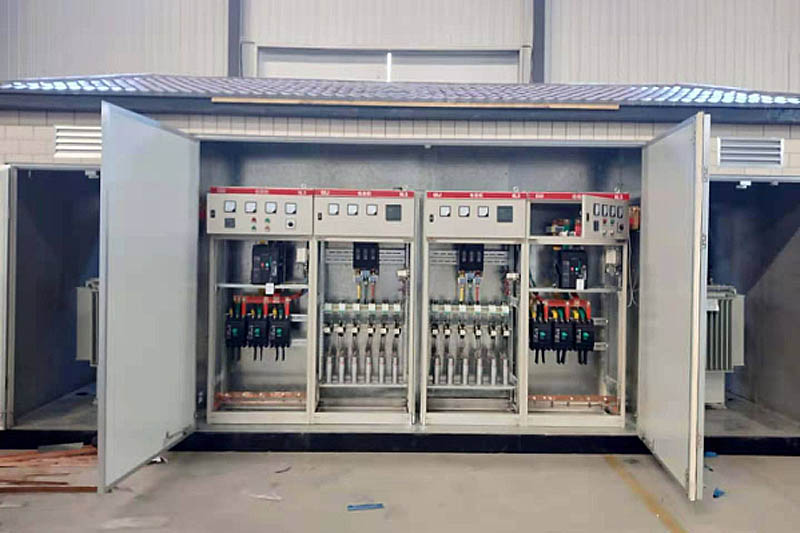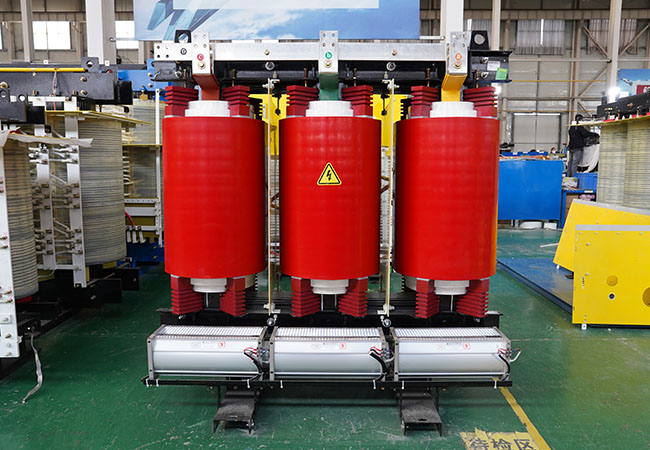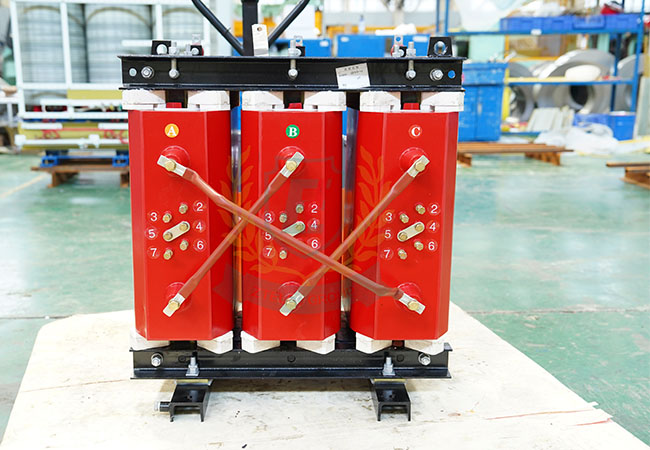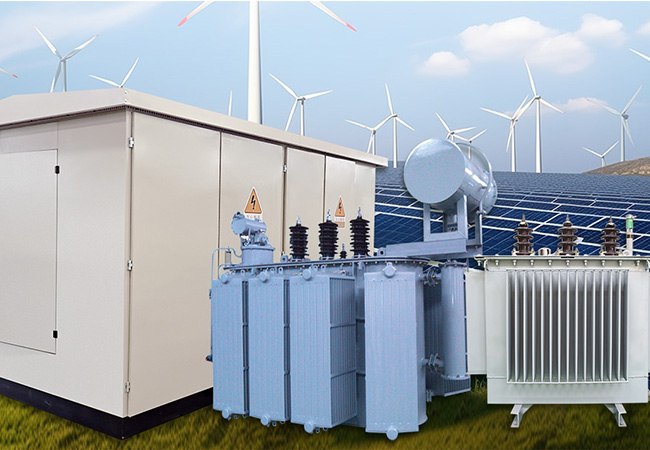Is The Box-Type Transformer A Dry-Type Transformer Or An Oil-Immersed Transformer?
10-08 2024 | By:
We all know that the box transformer, also known as the box substation or prefabricated box transformer, referred to as the box transformer, is a complete set of power transformer equipment, mainly including high and low voltage switchgear (control access unit), power transformer (main substation equipment) and circuit breaker (control unit) and supplementary capacitor cabinet (capacitor compensation unit) and other equipment. It is not a transformer, but contains a transformer. We can understand it as a complete set of substations.
Through the above, we know that the box transformer is not a transformer, so it is not a dry transformer or oil-immersed transformer, but dry transformers and oil-immersed transformers are its important components. So many people will wonder how to choose dry transformers or oil transformers when purchasing box transformers? The manufacturer’s engineers explained that this should mainly consider the differences and advantages and disadvantages of dry transformers and oil-immersed transformers:

Price comparison: the price of dry oil transformers is more expensive than oil.
Capacity comparison: the oil transformer capacity is generally larger than the dry transformer capacity. Dry transformers are usually suitable for power distribution. Most of the capacity is below 1600KVA, the voltage is below 10KV, and some voltage levels are 35KV; while oil-type transformers can achieve full capacity and voltage levels from small to large.
Use place comparison Dry transformers are generally used in comprehensive buildings (basements, floors, roofs, etc.) and crowded places. Oil transformers are used in independent substations. The transformers of box-type substations generally use dry transformers, and oil transformers are generally used for temporary outdoor power supply
Volume comparison The volume of oil transformers is larger than that of dry transformers, so more space is required when using oil transformers, and dry transformers can only be used in crowded spaces.
Environmental requirements are generally better than dry transformers in heat dissipation. Dry transformers are usually insulated by resin and cooled by natural air. Large-capacity transformers are cooled by fans, while oil-type transformers are insulated by insulating oil. The circulation of insulating oil inside the transformer transfers the heat generated by the coil to the radiator (sheet) of the transformer. Heat dissipation.
Appearance comparison Different packaging forms, dry transformers can directly see the core and coil, while oil transformers can only see the outer shell of the transformer.
Comparison of lead-type dry-type transformers mostly use silicone rubber bushings, while oil-type transformers mostly use porcelain bushings.
Load capacity comparison – Generally speaking, dry-type transformers should be operated at rated capacity, while oil-type transformers have better overload capacity.
In general, the fundamental reason for the difference between the two is the difference in cooling media. Oil change uses transformer oil (of course there are other oils, such as β oil) as cooling and insulating media, while dry oil change uses air or other gases, such as SF6. As cooling media. Oil change is to put the body consisting of the core and winding into the tank filled with transformer oil. Dry-type transformers usually encapsulate the core and winding with epoxy resin. There is also a non-encapsulated type, which is now used more. The winding is impregnated with special insulating paper and special insulating paint to prevent the winding or core from getting wet.
The advantages and disadvantages of dry-type transformers and oil-immersed transformers cannot be unified, they each have their own advantages and disadvantages. For example, oil-immersed transformers are low in cost and easy to maintain, but flammable and explosive. Dry-type transformers have good fire resistance, can be disassembled for transportation, and are easy to clean and maintain. No base installation is required, no oil seepage pool. It can be installed in the center of the load to reduce voltage loss and power loss. However, dry-type transformers are expensive, bulky, poor in moisture and dust resistance, and noisy.
Due to fire protection needs, oil-immersed transformers are generally installed in separate transformers indoors or outdoors, while dry-type transformers must be installed indoors. Generally installed in a low-voltage distribution room, parallel to a low-voltage distribution cabinet.
Do you know whether a dry-type transformer or an oil-immersed transformer is used in a box-type transformer? If you are not too clear, you can always consult our box-type transformer manufacturer. We have many engineers here to help you solve the problem.
You may also find these interesting:


